Camera 1- Has been repaired after Lyrebird attack and will be back in action ASAP.
Camera 2 – is still placed in an area that has quite prolific wildlife sightings.
This month it captured a variety of birds, which surprisingly is not always the case given the diversity of species in the park. Birds pictured were the Yellow Robin, Crimson Rosella, Grey Shrike-thrush, Satin Bowerbird, Lyrebird, White-browed Scrub-wren and the Bassian Thrush, Also picked up some nice photos of Some very active Brushtails, Antechinus, Wombats and Echidnas. On the down side there was a feral Cat sneaking Foxes around and no sign of any Bandicoots. Apologies to the Wallabies we spotted having a rather private moment.
Camera 3 – Was on a steep slope and this month produced a lot more photos, probably due to just a slight change of position which was aimed at more level ground. Grey Currawongs were hanging around the site along with Antechinus, Lyrebirds, Brushtail’s and Echindna’s. This was a much better result than the last time where only Foxes, Wallabies and Lyrebirds were detected.

Camera 4 – Was located at a site that was also surprisingly busy given that has a lower diversity because it is an area of shrubby regrowth forest with a ground cover of only bark, leaf litter and bare soil. Grey Currawongs again seemed to be active at the moment; Brush Bronzewings seem to like this area as well as Lyrebirds (sometimes in pairs). Crimson Rosellas, Eastern Whip-birds and Bassian Thrushes were also spotted. Wombats, Wallabies and Antechinus were the main mammals along with visits by two Feral Cats and a Fox. The results were similar to last time and the camera has now been moved into some different habitat.

Camera 5 This camera was located at the bottom of a damp fern gully, With only 400 photos in the six week period it was actually a bit quieter than some of the other locations, although there was a lot of Brush-tailed possum activity (Good spot for Powerful Owls to get some tucker!!) and a lot of Pilotbird activity. Other Mammal species were an unidentified rodent, Antechinus, Wallabies and the ubiquitous Foxes (which were seen at all 7 Camera sites scattered around the park).

Camera 6 – Is a site located close to old-growth forest, it has deep leaf litter on the ground. Surprisingly we haven’t been picking up a lot of diversity here. There has been lots of Lyrebirds photographed as well as Wallabies and Foxes but little else. Potentially the camera is too high to pick up smaller species. I have made an adjustment to see if it makes any difference.

Camera 7 – Was in the same place as last time and once again it was prolific even though the vegetation is mainly scrubby regrowth with no large canopy trees. Again there were lots of cute mother Wallaby and Joey in pouch photos. There were more good shots of Long-nosed Bandicoots and Lyrebirds. Other birds were Pied Currawongs and Grey shrike-Thrushes. There were some busy Wombats and some handsome looking but evil Foxes no doubt sniffing around for a meal of fresh Bandicoot.

Camera 8 –No sign of any snakes this time, but similar results to last time at this site which was on the Eastern edge of Tarra Bulga. Lots of Lyrebird activity, Wombats, Wallabies and Echidnas as well as some Long-nosed Bandicoots and Foxes.






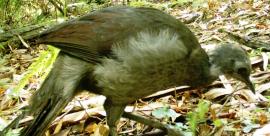

















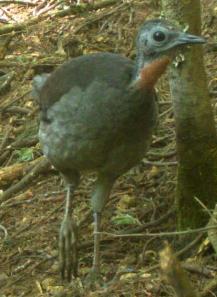










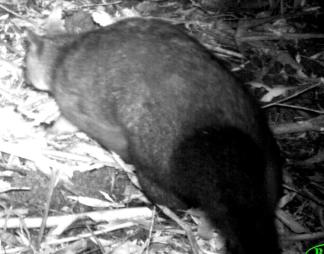









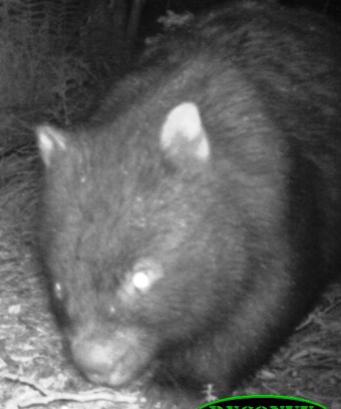









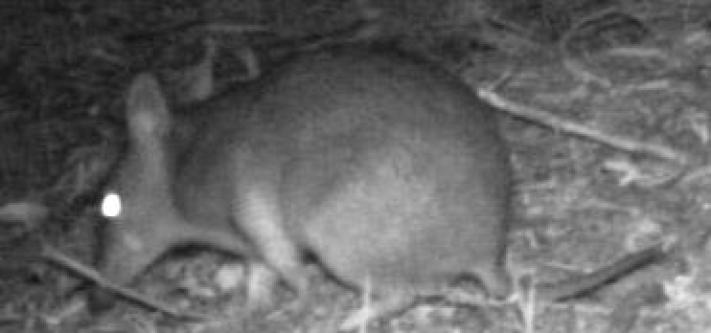



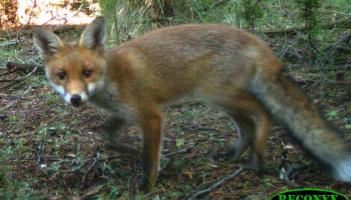





Wow! The results get better all the time! We don’t have the Bassian Thrush on our Birds Listing for the Park so this is a great find & addition to our listings. The (very) long-nosed Bandicoots are just getting more amazing to see – let alone the Swamp Wallabies (!)
Peter B.
You had me worried when you said the Bassian Thrush wasn’t listed for the Park, I thought I must have got the species wrong because it is being photographed in lots of shots. I worked out that it used to be known as White’s Thrush (which is on our list) and has now had a name change.